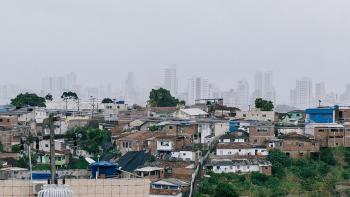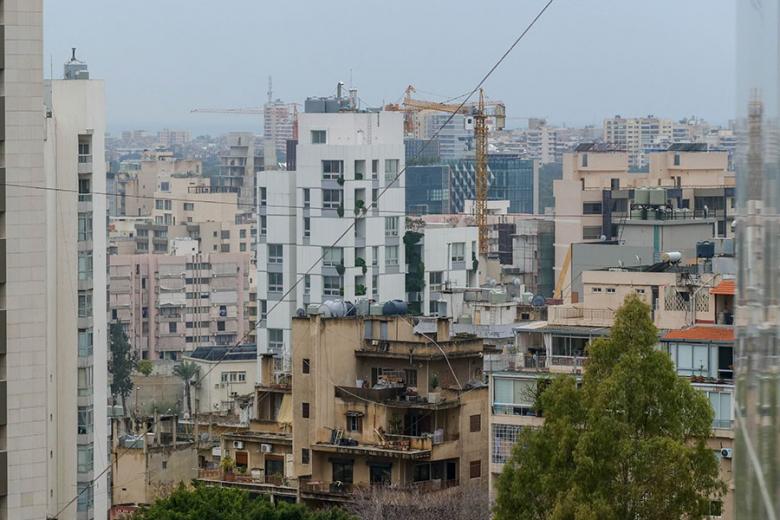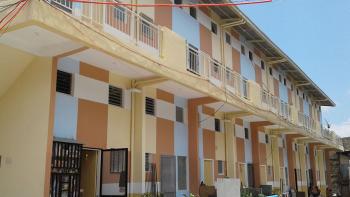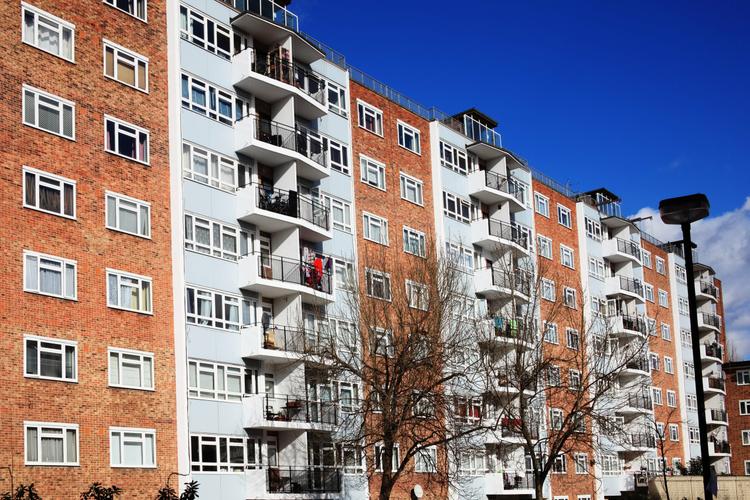Housing is one of the basic human needs: the World Health Organization defined it as a “residential environment which includes, in addition to the physical structure that man uses for shelter, all necessary services, facilities, equipment and devices needed or desired for the physical and mental health and social well-being of the family”.
Starting from this point, affordable housing can be described in many ways, depending on the quantitative or qualitative perspective we decide to analyse. In many researches, the term is used to define a specific type of housing, made available by governments to those unable to afford one, also known as social housing.
More generally speaking, housing can be considered affordable if its cost (mortgage or rent) is below the 30 percent of the household income: according to the U.S. Department of Housing and Urban Development (HUD), if a family pays more than 30% of their income for housing, it is considered a cost burden. HUD also estimated that currently 12 million people in the U.S. pay more than 50% of their annual income on housing, thus living in conditions of unaffordability.
In Europe alone, the housing crisis sparked by the 2008 global financial meltdown is far from over. An in-depth look at the region in Habitat for Humanity’s Housing Review show this ‘silent emergency’ is getting worse and at a faster rate.
READ ALSO: Tinubu’s Housing Revolution will Clear Path for Affordable Homes in Nigeria
Apart from the economic perspective, affordable also means physically adequate and fit for human habitation: in simple words, a house cannot be considered affordable if it is overcrowded and unhealthy. To evaluate the real cost of housing then, housing-related expenditures (housing, water, electricity, gas, etc.) should be kept into consideration as well, since those are what make a house healthy and appropriate for living.

Housing conditions in developing countries: the slums
It is estimated that around 40% – in some cases, 75% – of the population of fast-growing cities in developing countries is housed in squatter settlements without basic services. Cities are growing at an unexpected and exponential rate, often not aligned to the urban planning and development.
Many people are moving from rural areas to cities for work, and since the cities are not able to expand at the same pace, most of them end up in slums – overcrowded areas with inadequate access to safe water or sanitation, poor structural quality of dwellings and insecurity of tenure.
Today, the number of people living in slums is estimated around 881 million in developing countries only, against the 689 in 1990. In In Sub-Saharan Africa, 59% of the urban population lives in slums; in Asia and the Pacific, home to half of the urban population of the world, that percentage drops to 28% of the population, while in Latin and Caribbean countries it passed from 30% to 21% over the last decade.
Having access to quality affordable housing is fundamental to reduce poverty, improve equal opportunities and guarantee a sustainable growth: for this reason, it became the objective of UN Sustainable Development Goals (SDG) number 11. The aim, by 2030, is to put housing at the centre of specific policies to reduce drastically the quantity of people living in conditions below the minimum standards.
New programmes are however showing the opportunity that lies in providing reliable and not-for-profit financing (mortgages and loans) for the poorest populations who spend most of their income on improving their living conditions.
For instance, our project “Building Assets, Unlocking Access” has helped over 150,000 in its first six years.

The contribution of local governments
However, even if they set a common framework, UN members cannot solve the situation by themselves: the key to the problem is to create a local approach to urban development, that takes into consideration the differences of each country or area. Needs are not the same from area to area, which makes it impossible to define a common standard.
READ ALSO: Spending on affordable housing in England to be slashed in 2024
In Pakistan, for example, population is migrating massively from villages to big cities and it is estimated that government needs to deliver around 400,000 housing units per annum for next 15 to 20 years to face the growth. In Indonesia, where the same situation is applicable, the need is to add 820,000 to 920,000 new units every year to face the demand. Thailand, on the other hand, has already been providing social housing since decades, thus being able to reach the highest home ownership rate in the world – 81% according to 2010 census.

Housing policies: social housing and government subsidies
As Thailand, many other countries have tried to solve the housing issue, both in developing and western countries. The different strategies used to reach the goal can be basically grouped into three categories:
- The clearance of all slums and the rehousing of their residents in new standard and sanitary housing.
- Public housing construction of low-cost dwelling units for lower income groups.
- Government subsidy or rent control.
Countries applied one of the above or a mixture of them, depending on the situation. For example, in Western Europe social housing is very much used for working-class and middle-class people (not just the very poor). Still, affordability of housing remains one of the biggest challenges across the EU right now.
Across the Atlantic however, the response in the US is based on a mixed approach, that includes both public housing and subsidies that has its pros and cons – and yet housing often remains prohibitively expensive in big cities.
READ ALSO: Otti Orders Arrest, Prosecution Of Touts Exhorting Motorists
In South America, on the other hand, policies tend to move towards government subsidies. In Chile, for example, the Ministry of Housing and Urban Development (MINVU) initiated its first rental subsidy program for low- and middle-income groups. The basic idea behind it was to facilitate families to contribute to rent, at an average rate of 25% of their monthly income; this amount was then used as a subsidized housing rent for those who could not afford housing otherwise.
In Africa and South Asia, most policies are concentrating on the first point, since slums are becoming more and more an issue. In 2018, to face this challenge, the Secretariat of the African, Caribbean and Pacific (ACP), the European Commission (EC) and UN-Habitat launched the Participatory Slum Upgrading Programme (PSUP), to commonly address the issue of urban poverty and improve the lives of slum dwellers within the ACP regions. Currently, there are 35 ACP states implementing the programme.
In the last two years, our ShelterTech Accelerator program in Kenya has sought to identify, nurture and accelerate start-ups and growth-stage companies that bring shelter products and services to the low-income household market. The aim is to help the government tackle the housing deficit of 2 million homes in the country.
Source: habitat



